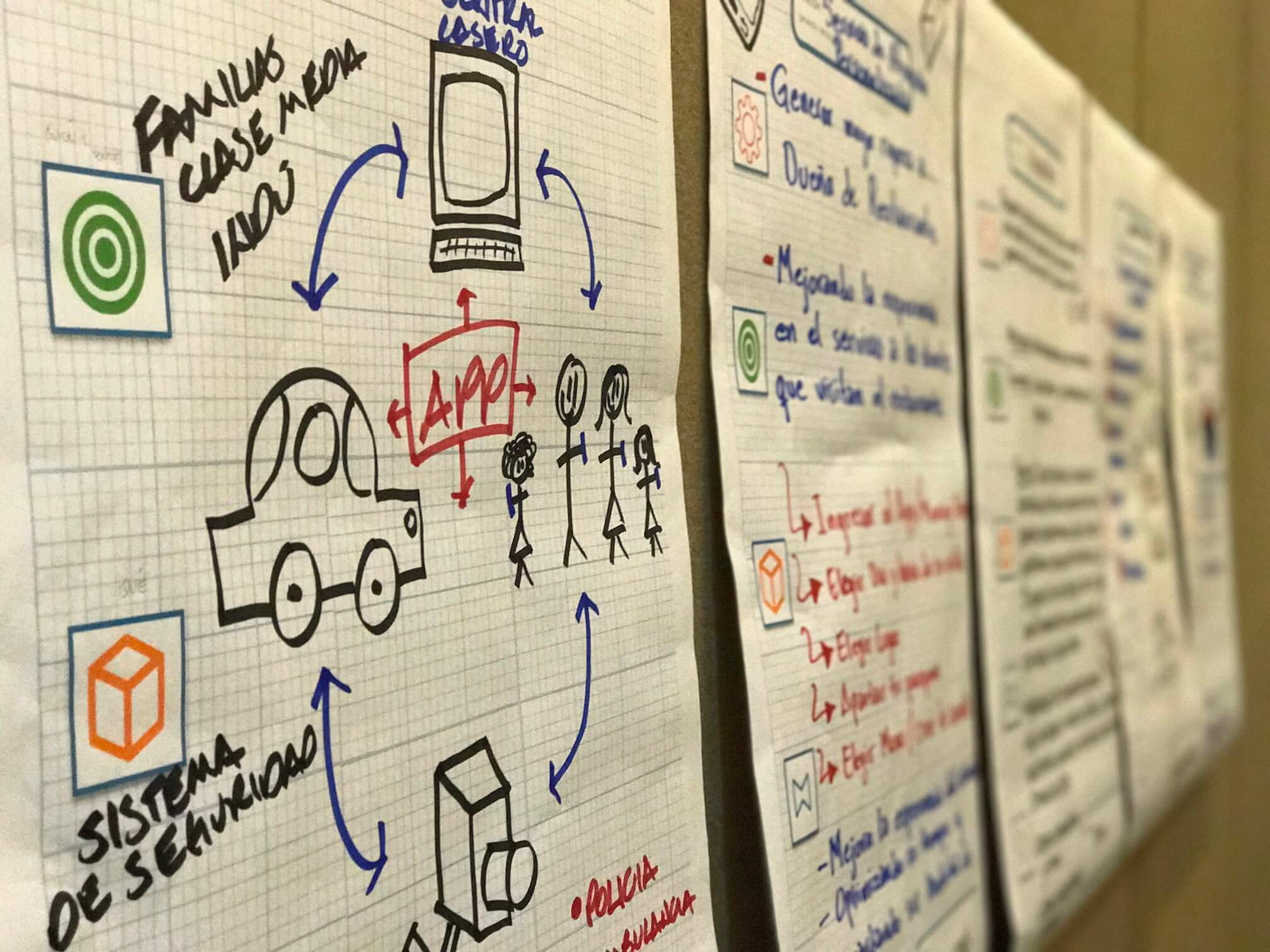Silega Pulse – Accounting, Business Acumen & Finance Business Simulation
Help people understand the whole picture when making complex decisions
Motivation:
Business executives make tough decisions every day about product development, prices, research and development, HR, and administrative policies. All these decisions require that managers be aware of the impact they have on the company’s balance sheet. Good business acumen is critical to your company’s success and will likely make the difference between you and the competition.
Key objectives:
- Improve understanding of how and why businesses make and lose money
- Understand the difference between profit and cash
- Make smarter decisions to create long-term value
- Increase profitability by improving financial control and spending more wisely
- Improve business planning and control
- Align different departments towards common goals
- Create a common vision for success and a common language within the organization
- Reinforce organizational change
- Create a culture of constant improvement
Key objectives:
- Improve understanding of how and why businesses make and lose money
- Understand the difference between profit and cash
- Make smarter decisions to create long-term value
- Increase profitability by improving financial control and spending more wisely
- Improve business planning and control
- Align different departments towards common goals
- Create a common vision for success and a common language within the organization
- Reinforce organizational change
- Create a culture of constant improvement

The experience:
Silega Pulse™ is a highly-customizable, powerful table-mat based business simulation.
Participants represent different businesses as they learn about money flow and how it creates value in a business. The table-mat depicts all the “players” in a business: providers, their own business, customers, owners, and society. Participants experience four business years, moving money around the table-mat using a checklist. At the end of each simulated year, the group goes over the company’s Balance Sheet and Profit and Loss statement.
It’s a realistic live representation of a business in need of a change. Participants must manage all parts of the business process: planning, operations, finance, and people development.
Teams make decisions that every business owner must make, including how to price products, which customers and markets to compete for, how much stock to buy, and how to pay suppliers. At the same time, participants have the opportunity to see what the other departments and functions within the organization are experiencing.
After each period of activity, short analysis sessions are conducted, followed by immediate application exercises.
Participants also learn how to read business statements, understand key indicators, and experiment with different business scenarios.
This simulation can be adapted for different types of businesses (retail, manufacturing, etc.) and we can even include numbers from the customer’s balance sheets.
We use this program to teach business finance and acumen to managers who make decisions that affect the company’s balance sheet but who do not have a financial background. It can also be used to train the sales force on how to demonstrate and sell value in business for large-volume sales.
This simulation is less showy than others but includes a lot of relevant content and is essentially a one-week business acumen training series compressed into just five hours.
| Format: | Business Simulation |
| Number of participants: | 4 to 40+ |
| Participant: | People from all levels and departments in the organization who can affect the financial balance of the company either directly or indirectly: sales, purchasing, credit control, logistics, manufacturing, supply chain |
| Duration: | 5 to 8 hours |
| Concepts: | Profitability, cash flow, ROI, balanced scorecard, EVA™, activity-based costing, economy of scale, return on assets, return on equity, lean management, capacity utilization |
| Competencies: | Business acumen, planning, problem solving, process management, strategic agility, re-engineering |
Typical applications:
- Corporate training
- Strategic and annual meetings or conferences
- Leadership training
- Conferences and events
- Change initiatives
- Executive retreats
- Strategic planning
Typical applications:
- Corporate training
- Strategic and annual meetings or conferences
- Leadership training
- Conferences and events
- Change initiatives
- Executive retreats
- Strategic planning

Key lessons:
- Understand the big business picture
- Analyze how cash flow and financial balance are affected by management decisions
- Understand and interpret financial statements
- How to constantly define areas for improvement
- How to improve communication and alignment between departments and increase overall productivity
Key lessons:
- Understand the big business picture
- Analyze how cash flow and financial balance are affected by management decisions
- Understand and interpret financial statements
- How to constantly define areas for improvement
- How to improve communication and alignment between departments and increase overall productivity

